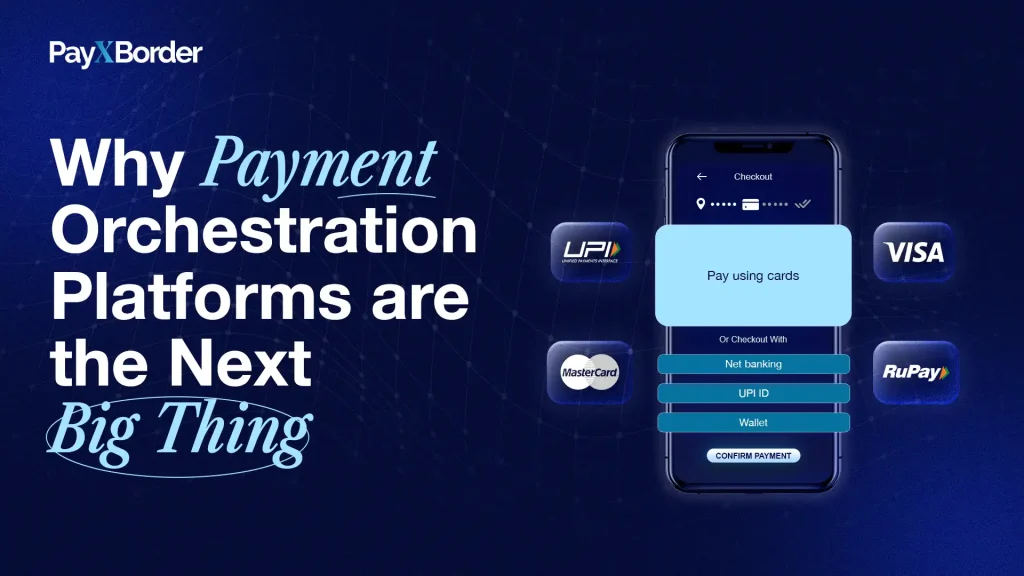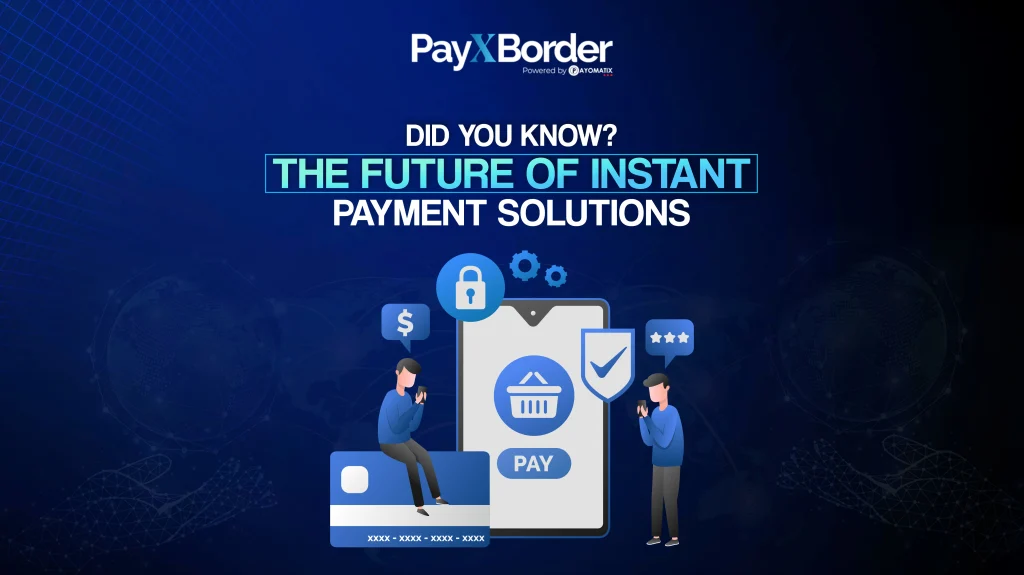Still losing money to outdated currency exchange methods? It’s time to go seamless.
a{ color: #1C80B7 !important; }As global e-commerce thrives and businesses increasingly work with international clients and remote teams, efficient and affordable currency exchange has become a business essential—not just a nice-to-have. Despite this shift, many companies continue to face challenges like hidden fees, poor exchange rates, and slow transaction processing.
Enter Seamless Currency Exchange—a smarter, faster, and more transparent way to manage foreign exchange in 2025. Whether you’re an e-commerce merchant, a freelancer, or a multinational enterprise, mastering this financial tool could mean the difference between stagnation and scaling.
This roadmap offers deep insights into why seamless exchange matters, how to implement it, and how platforms like PayXBorder are changing the game for global payments.
What Does Seamless Currency Exchange Mean in 2025?
In 2025, seamless currency exchange refers to a frictionless process of converting one currency to another with minimal cost, full transparency, and real-time execution. Unlike traditional currency conversion methods—typically done via banks with high spreads and hidden fees—seamless exchange is built on modern fintech infrastructure.
It involves the use of digital wallets, real-time foreign exchange APIs, and multi-currency platforms that reduce the time and costs involved in each transaction. Businesses can now hold, convert, and settle in multiple currencies using a single dashboard, while end-users enjoy better rates and faster transfers.
Platforms like PayXBorder enable businesses to accept payments in over 50 currencies, convert funds using real-time FX data, and make international payouts instantly—all within a single ecosystem.
Why Businesses Need Seamless Currency Exchange Today
Currency exchange directly impacts profit margins. A single percentage point difference in exchange rate markup can mean thousands of dollars lost each year—especially for companies with high-volume cross-border transactions.
Traditional banks typically apply a 2–4% markup over the mid-market rate and charge additional wire transfer or SWIFT fees. Settlement times can range from 3 to 5 business days, and visibility into FX rates is minimal.
On the other hand, a Seamless Currency Exchange solution like PayXBorder gives you full control, allowing you to make informed decisions based on real-time exchange rates, track every transaction, and settle instantly or on your preferred schedule.
In 2025, mastering this capability is a strategic advantage for any business dealing with international trade, outsourcing, or global customer bases.
The Building Blocks of a Seamless Currency Exchange Strategy
A seamless exchange strategy begins with choosing the right platform. Look for services that offer real-time FX tracking, minimal or flat conversion fees, multi-currency wallets, and fast settlement options.
The next step is automation. By integrating exchange capabilities with your existing ERP, CRM, or payment platform using APIs, you can streamline the entire financial workflow. Automated currency conversion allows you to respond to market fluctuations instantly and reduce the manual load on your finance team.
The third key component is compliance. Currency transactions are often subject to KYC (Know Your Customer), AML (Anti-Money Laundering), and GDPR standards. Choose a platform like PayXBorder that builds compliance into its infrastructure, so your global operations remain audit-ready and secure.
Finally, track and analyze your exchange activity. Use built-in dashboards to understand when and where you’re converting currencies, what fees are being paid, and how to optimize for better profitability.
The Role of Multi-Currency Wallets in Seamless Exchange
A multi-currency wallet is the cornerstone of modern FX management. It enables you to hold funds in various currencies and exchange them only when market conditions are favorable. This flexibility allows businesses to avoid unnecessary conversions and reduce currency fluctuation risks.
For example, if you’re a UK-based business receiving payments in USD, you don’t have to convert the amount immediately. You can hold it in your USD wallet until the exchange rate improves. Later, you can use the same USD to pay vendors in the US, avoiding double conversions.
PayXBorder’s multi-currency wallet supports over 50 global currencies and allows wallet-to-wallet transfers, currency holding, and instant conversions at real-time rates.
Real-Time Exchange Rate Visibility and Its Importance
Many businesses unknowingly accept poor exchange rates simply because they don’t have visibility. Real-time FX tracking ensures that you’re never caught off guard. It allows businesses to take advantage of favorable trends and avoid conversion during volatile periods.
Platforms offering seamless currency exchange provide live exchange rate dashboards and even rate-lock options, giving you up-to-the-minute control. PayXBorder integrates global FX APIs to fetch real-time mid-market rates, offering transparent, low-margin conversions for every transaction.
With visibility comes empowerment. Your business no longer relies on slow and opaque banking systems—it operates on precision.
How Compliance and Security Fit into Seamless Exchange
Currency conversion isn’t just about rates and speed. It’s also about staying compliant with global financial laws. Every transaction should align with international standards for AML, KYC, and data protection.
Platforms like PayXBorder are built with compliance in mind. It provides automated document verification, audit trails, and continuous transaction monitoring. This not only reduces your legal risks but also builds credibility with partners and regulators.
Security is equally vital. From end-to-end encryption to two-factor authentication and fraud detection systems, a modern exchange solution should prioritize the safety of both data and funds.
How PayXBorder Enables Seamless Currency Exchange in 2025
PayXBorder is one of the leading platforms enabling businesses to master seamless currency exchange. Its features are tailor-made for global operations:
It provides real-time FX rates without hidden markups, ensuring that you only pay what you see. The multi-currency wallet system lets you hold balances in 50+ currencies, giving you ultimate flexibility. You can make instant wallet-to-wallet transfers, saving time and fees.
Its developer-friendly APIs allow seamless integration into your finance and ERP systems. Automated KYC and AML compliance, along with GDPR-aligned data protection, ensure that every transaction is legally and ethically sound.
Whether you’re a small startup expanding globally or an established enterprise optimizing your international payments, PayXBorder helps you do it better, faster, and smarter.
Conclusion: Seamless Currency Exchange is the Future of Global Finance
As the world becomes more interconnected, the way we manage and exchange money must evolve. Traditional banking methods are no longer sufficient for today’s global businesses. Seamless Currency Exchange is the future—and those who master it will gain a significant competitive edge.
With platforms like PayXBorder offering real-time FX, multi-currency control, automated compliance, and fast settlements, the roadmap to global financial mastery has never been clearer.
Start your seamless exchange journey today with PayXBorder—where currency works smarter, not harder.








